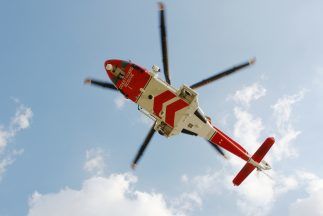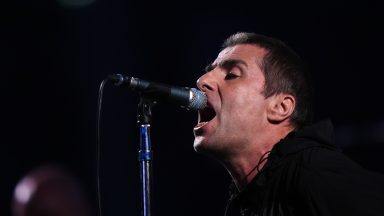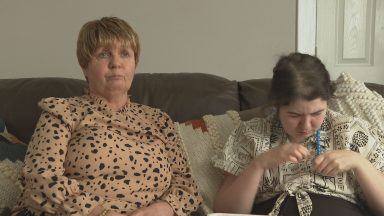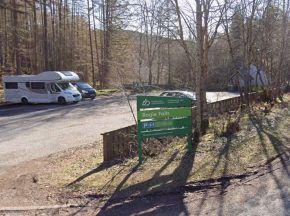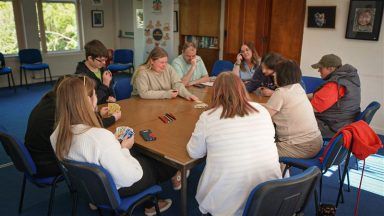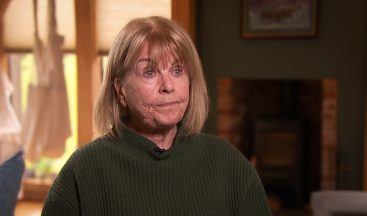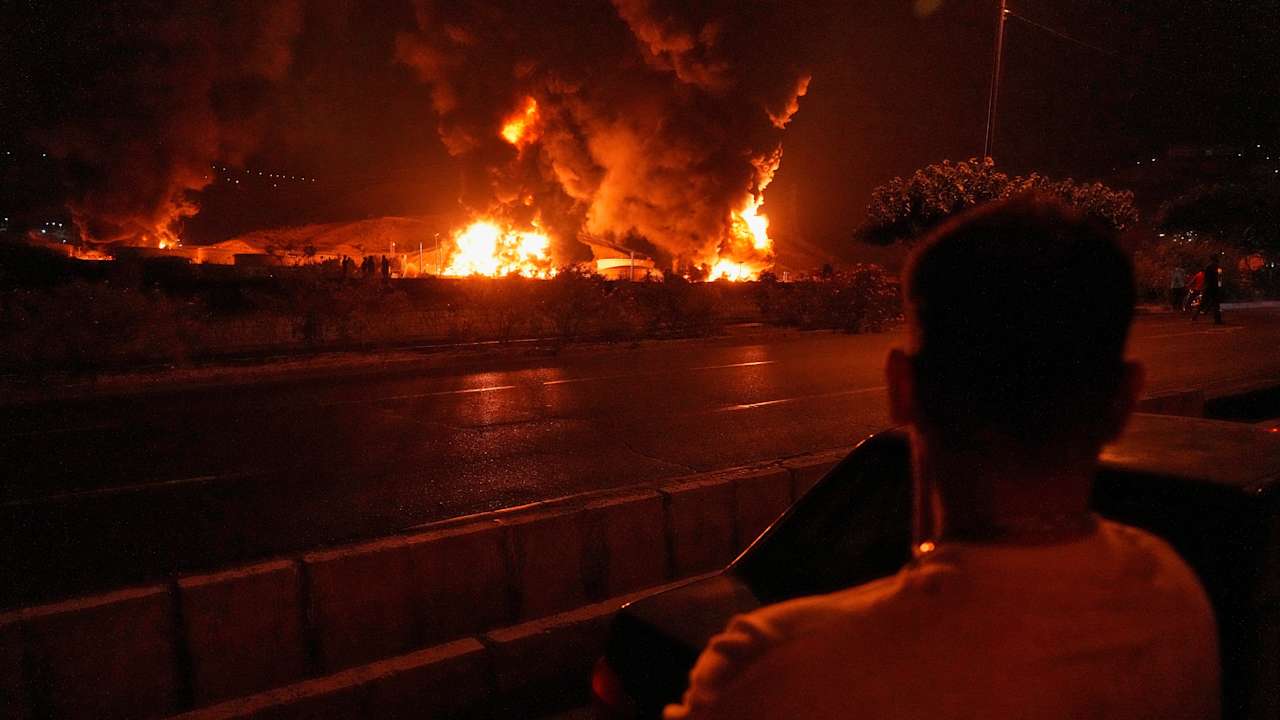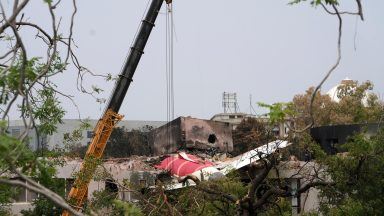‘One word: leave’: Florida residents are being warned the state faces being hit by one of the biggest storms in recorded history
Hurricane Idalia has hit Florida’s west coast with winds of around 125mph as a ‘life-threatening’ Category 3 storm.
Idalia has come ashore in the lightly populated Big Bend region, leaving more than 245,000 people without power, according to PowerOutage.us.
Florida residents living in vulnerable coastal areas have been ordered to pack up and leave as authorities warned “catastrophic storm surge and destructive winds” will ravage the area.
The storm had been carrying winds of around 120mph after growing into a Category 2 storm on Tuesday afternoon. When it makes landfall, wind speeds are expected to be even higher.
‘One word: leave’
The massive wind speeds could be a huge blow to a state still dealing with lingering damage from last year’s Hurricane Ian.
The National Weather Service in Tallahassee called Idalia “an unprecedented event” since no major hurricanes on record have ever passed through the Big Bend region of Florida.
On the island of Cedar Key, Commissioner Sue Colson joined other city officials in packing up documents and electronics at City Hall.
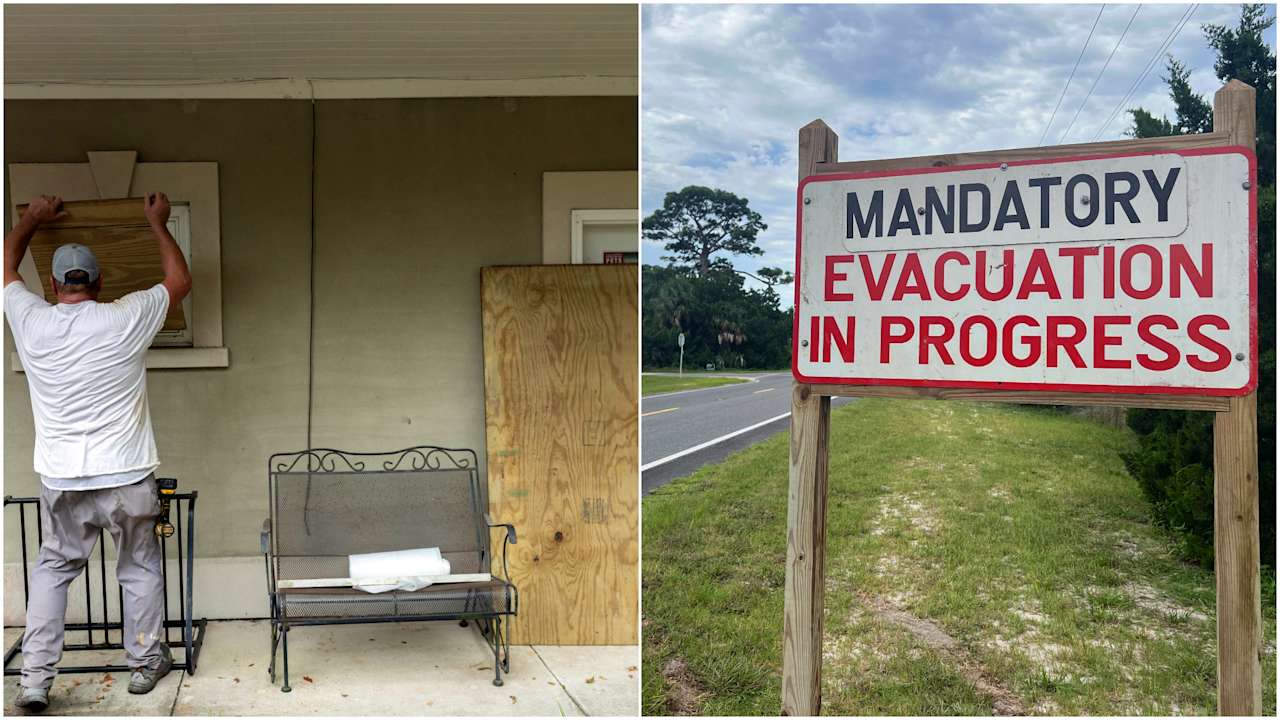
In a message to the almost 900 residents who were under mandatory orders to evacuate, she said: “One word, leave. It’s not something to discuss.”
The water level record in Cedar Key was immediately broken when the storm hit – with levels still rising quickly.
State troopers went door to door warning residents that storm surge could rise as high as 15 feet (4.5 metres).
Florida governor Ron DeSantis urged residents at a press conference on Wednesday afternoon to take cover and not to do “anything dumb” as Hurricane Idalia edged closer.
DeSantis had said that the storm was approaching as a Category 4 storm just before it made landfall.
He said: “This thing’s powerful. If you’re inside, just hunker down until it gets past you. You don’t want to be messing around with these winds. There’s going to be things flying all over the place.
“We just hope everybody stays safe. Don’t put your life at risk by doing anything dumb at this point.”
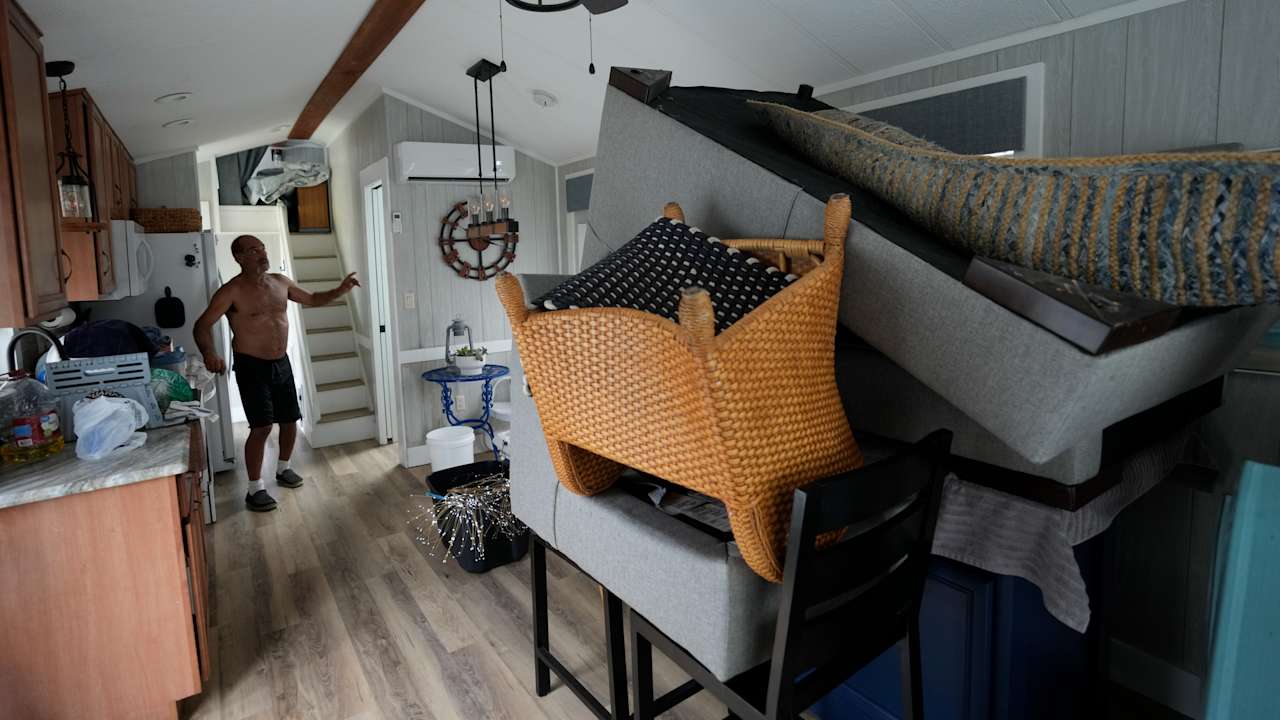
He earlier said on Tuesday: “You really gotta go now. Now is the time,” but stressed residents didn’t necessarily need to leave the state, but should “get to higher ground in a safe structure.”
What is a Category 4 storm?
A Category 4 storm is defined as having the potential to cause “catastrophic damage” and sustained wind speeds of 130-156mph.
Well-built homes can sustain severe damage from such winds, with the loss of most of the roof structure and some exterior walls. Most trees will be snapped or uprooted and power poles downed.
Fallen trees and power poles will isolate residential areas. Power outages caused by the storm could last weeks and even months.
Some refuse to leave homes even as the threat of storm looms
Andy Bair, owner of the Island Hotel, said he intended to “babysit” his bed-and-breakfast, which predates the Civil War.
The building has not flooded in the almost 20 years he has owned it, not even when Hurricane Hermine flooded the city in 2016.
“Being a caretaker of the oldest building in Cedar Key, I just feel kind of like I need to be here,” Mr Bair said.
“We’ve proven time and again that we’re not going to wash away. We may be a little uncomfortable for a couple of days, but we’ll be ok eventually.”
Tolls were waived on highways out of the danger area, shelters were open and hotels prepared to take in evacuees.
More than 30,000 utility workers were gathering to make repairs as quickly as possible in the hurricane’s wake. About 5,500 National Guard troops were activated.
In Tarpon Springs, a coastal community northwest of Tampa, 60 patients were evacuated from a hospital out of concern that the system could bring a 7-foot (2.1-meter) storm surge.

After landing in the Big Bend region, Idalia is forecast to cross the Florida peninsula and then drench southern Georgia and the Carolinas on Thursday.
Both Georgia Governor Brian Kemp and South Carolina Governor Henry McMaster announced states of emergency, freeing up state resources and personnel, including hundreds of National Guard troops.
Idalia has already pummeled Cuba with heavy rain, leaving the tobacco-growing province of Pinar del Rio underwater and many of its residents without power.
“The priority is to reestablish power and communications and keep an eye on the agriculture: Harvest whatever can be harvested and prepare for more rainfall,” said President Miguel Díaz-Canel.
State media did not report any deaths or major damage.
With a large stretch of Florida’s western coast at risk for storm surges and floods, evacuation notices were issued in 22 counties.
Many school districts, colleges and universities also closed, including the University of Florida in Gainesville. Florida State University in Tallahassee said its campus would be closed until Friday.
Two of the region’s largest airports stopped commercial operations, and MacDill Air Force Base on Tampa Bay sent several aircraft to safer locations.
President Joe Biden said he had spoken to Mr DeSantis and “provided him with everything that he possibly needs.”
Ian was responsible last year for almost 150 deaths.
The Category 5 hurricane damaged 52,000 structures, nearly 20,000 of which were destroyed or severely damaged.
The National Oceanic and Atmospheric Administration recently said the 2023 hurricane season would be far busier than initially forecast, partly because of extremely warm ocean temperatures.
The season runs through to November 30, with August and September typically the peak.
Follow STV News on WhatsApp
Scan the QR code on your mobile device for all the latest news from around the country



